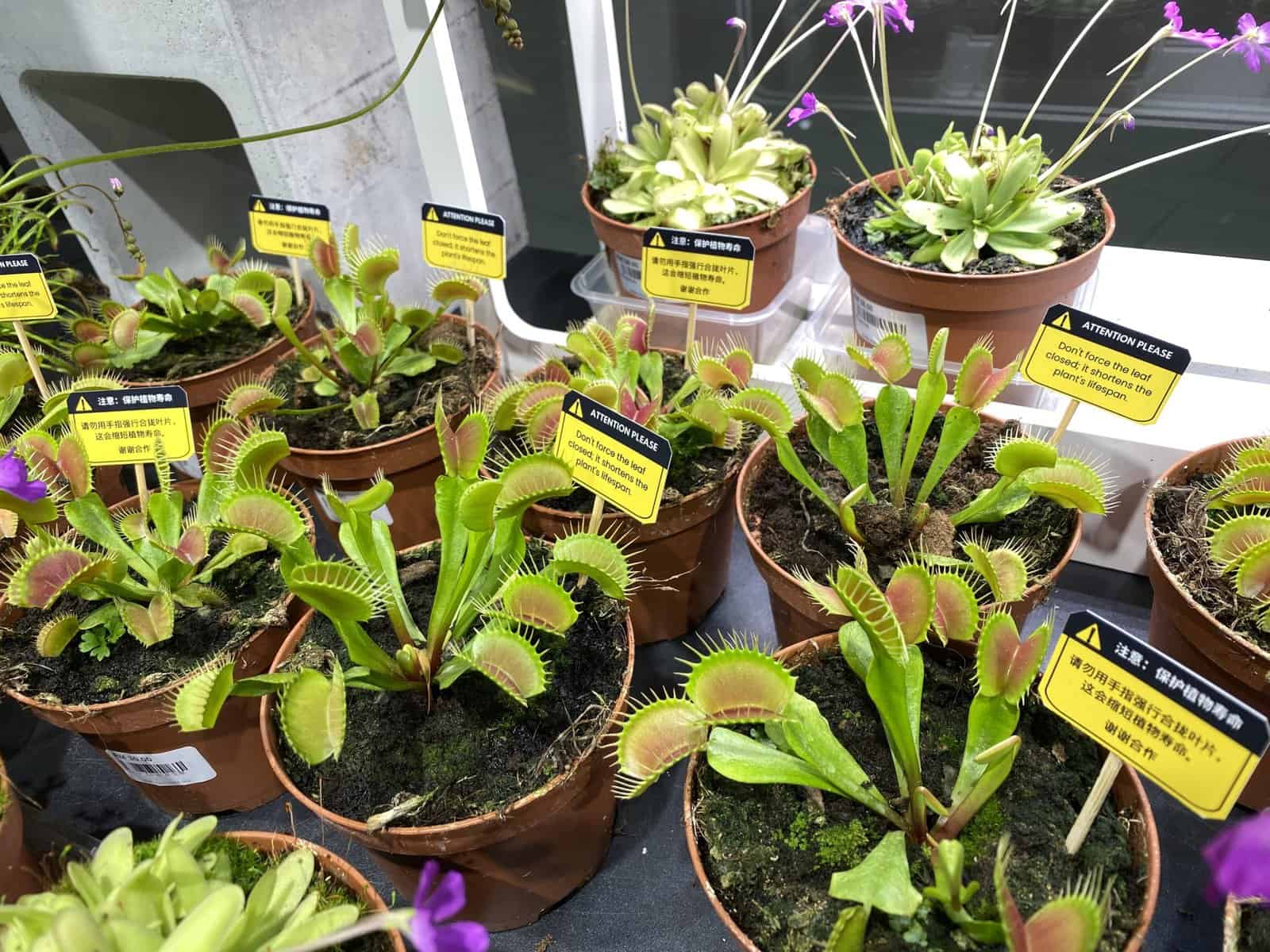The Venus flytrap (Dionaea muscipula) is one of the most intriguing plants in the world. Known for its ability to catch and digest insects, this carnivorous plant requires specific care to thrive. If you’re planning to grow a Venus flytrap in Malaysia, here are some essential tips to keep it healthy.

1. Sunlight and Watering
Malaysia’s warm and humid climate provides a good environment for Venus flytraps, but direct sunlight can be too intense and may burn the plant. Instead, place them in a location with bright, indirect sunlight or keep them in a cool place. If grown indoors, use a grow light or bright artificial lighting, such as an aquarium light, for better results.
Watering is crucial, especially in Malaysia’s hot weather. These plants require pure water, such as rainwater, distilled water, or reverse osmosis water. Tap water contains minerals that can be harmful. Keep the soil consistently moist but not waterlogged, using a tray method where the pot sits in a shallow dish of water.
2. Soil and Potting
A Venus flytrap thrives in nutrient-poor, acidic soil. A mix of sphagnum moss and perlite is ideal. Avoid using regular potting soil or fertilizers, as they can damage the plant. A plastic or glazed ceramic pot with drainage holes is best for maintaining proper moisture levels.
3. Feeding and Dormancy
Venus flytraps naturally catch their own prey, so feeding them is not always necessary. In Malaysia, they can easily capture small insects such as ants, flies, and mosquitoes. If kept indoors, occasional feeding with live or freeze-dried insects can help. Avoid feeding them human food, as it can harm the plant.
Unlike in temperate climates, Venus flytraps may not experience full dormancy in Malaysia due to the warm weather. However, they may still slow down growth during the rainy season. If necessary, simulate dormancy by reducing watering slightly and placing the plant in a cooler, shaded spot for a few weeks.
4. Lifespan of the Traps
Each leaf of a Venus flytrap has a limited lifespan. A healthy trap can close about 3-5 times before it turns black and dies. To prevent unnecessary stress on the plant, avoid triggering the traps with fingers or other objects, as this depletes their energy and shortens their lifespan.
5. General Maintenance
Regularly remove dead leaves and blackened traps to prevent mold, which thrives in Malaysia’s humid climate. Ensure good air circulation around the plant and avoid overhandling it. Providing stable humidity and proper watering will help keep your Venus flytrap healthy.
By following these care tips, your Venus flytrap will remain healthy and continue to captivate with its unique insect-catching ability. Happy growing!
